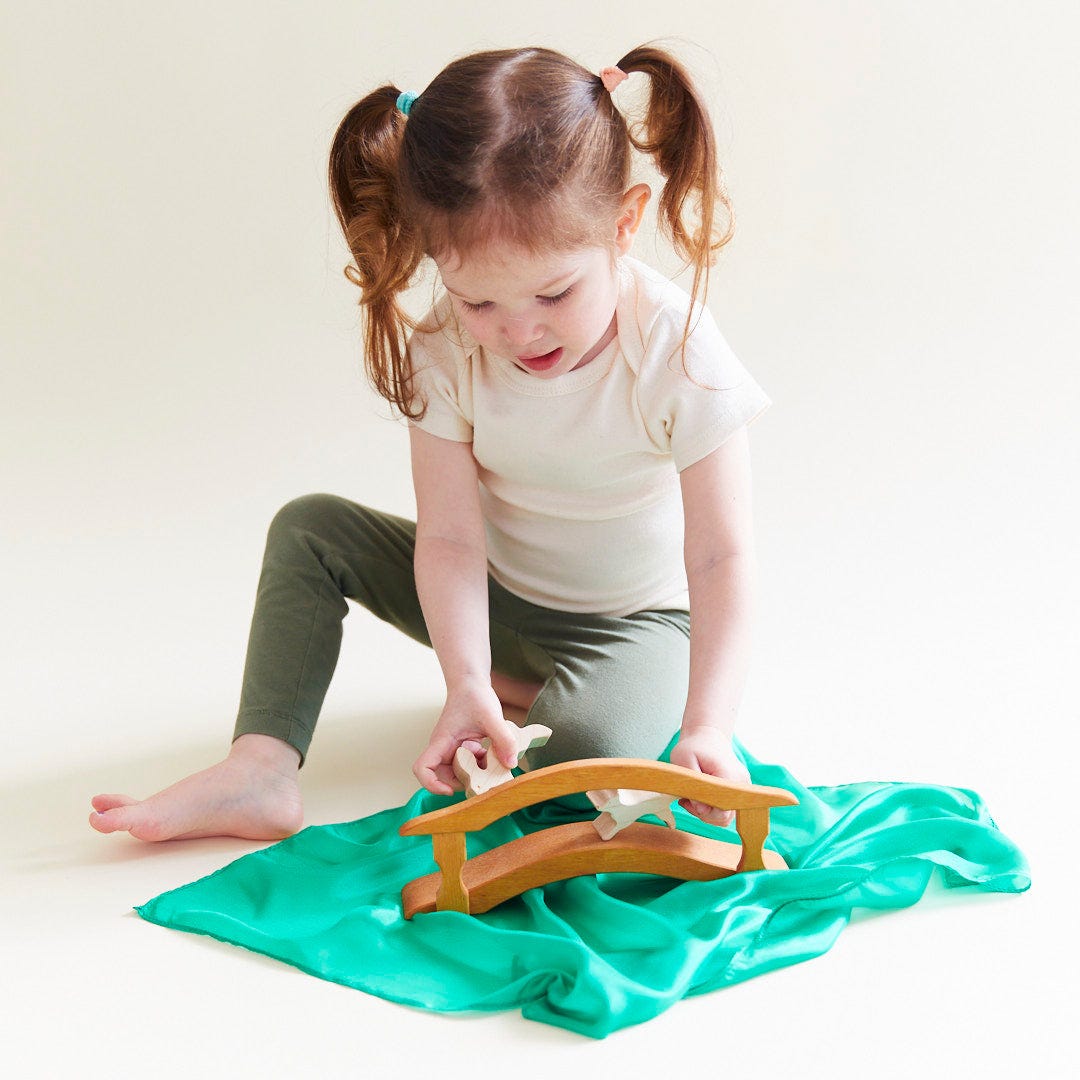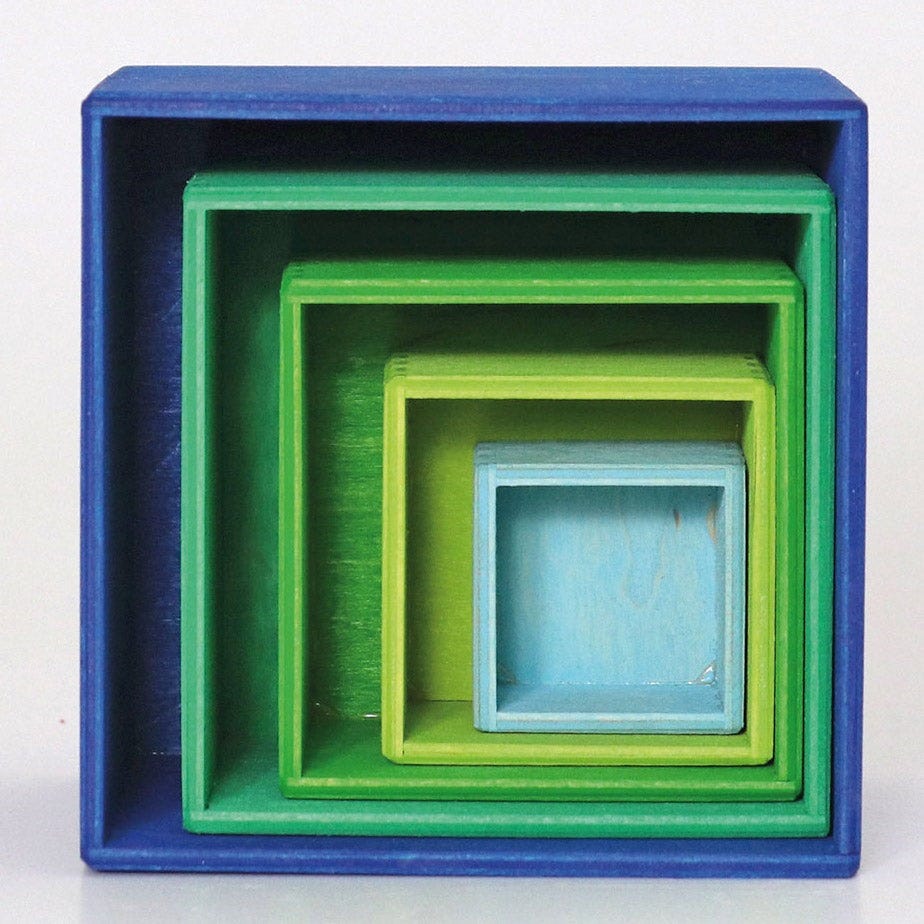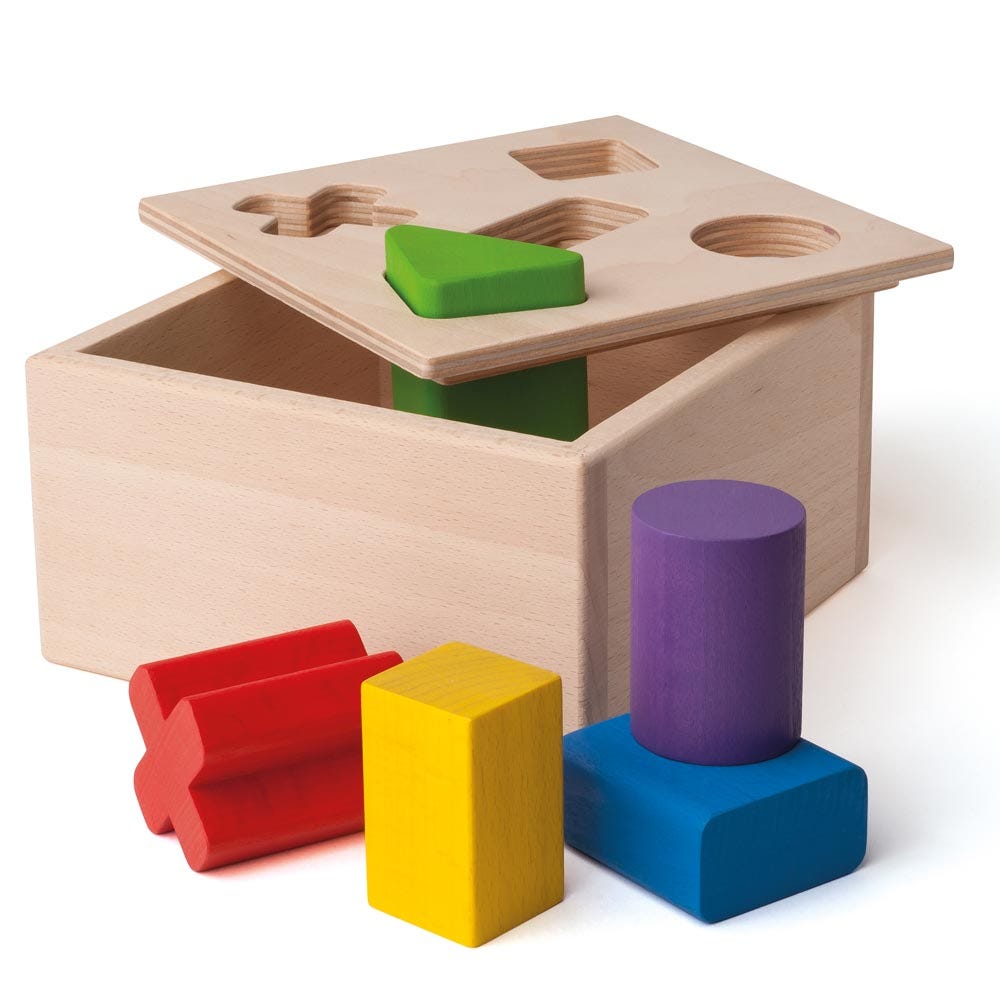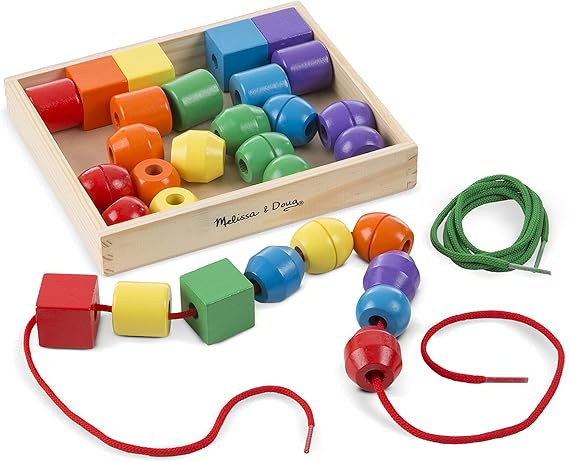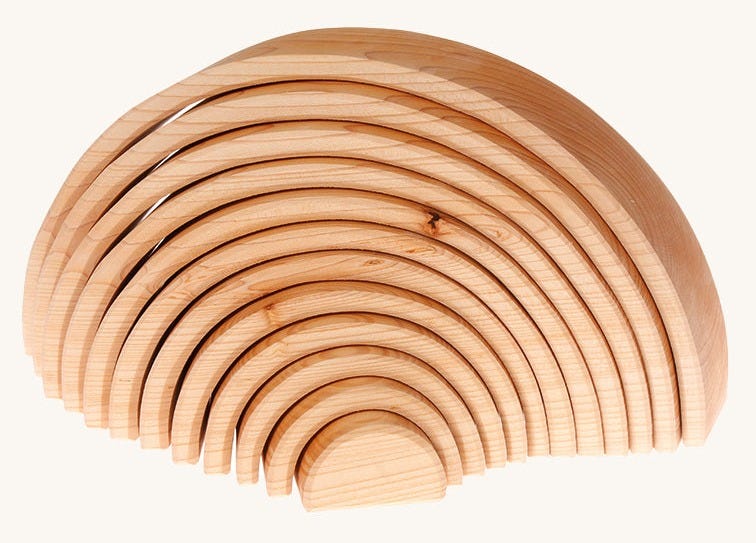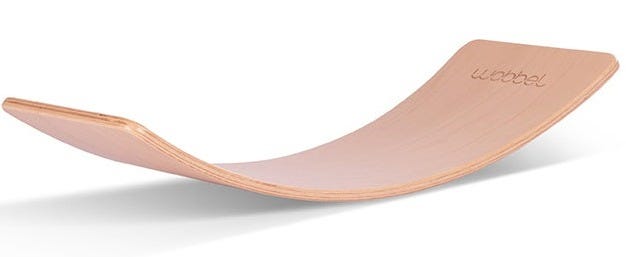The Best Toys for Babies & Toddlers – Supporting Their Development at Every Stage
Listen to your instincts, trust yourself and your child to know what they need next, here’s a cheat sheet to help you get started…
Our children and their development is so important to us but between our time being divided in so many different directions, mixed messages from marketing ads, friends, family and social media it can be a little confusing to know what exactly is best for them. For me this caused so much unnecessary stress and anxiety from too many different ideas and opinions. It drowned out the easy to follow basics and my own, and my sons, instincts.
If you’re anything like me you’ve stood in toy shops or scrolled for hours online staring at the overwhelming amount of toys available all claiming to be essential for your child’s development. Wondering how you are supposed to decide which of these toys will firstly, capture your child’s attention being an investment toy that they will play with for more than a few minutes while also aiding their development. Truthfully, babies and toddlers don’t need a mountain of toys. An intentionally chosen few that match their stage of development are enough.
The best toys grow with your child, supporting their natural curiosity and need to explore the world. And if you’re interested in Montessori, Waldorf, or child-led play, you’ve probably heard terms like sensitive periods or play schemas—but you may be wondering what they actually mean and how they are relevant when choosing toys. Here’s a simple breakdown so you can feel confident about what to offer your little one at each stage.
Understanding How Babies & Toddlers Learn Through Play
Before we get into toys, here’s a quick guide on three key ideas that can help guide your choices:
🌱 Montessori Sensitive Periods – These are phases when a child is naturally drawn to developing a specific skill, like movement, language, or order. During these periods, they absorb information effortlessly!
🌿 Waldorf Developmental Stages – Waldorf education focuses on imitation, rhythm, and open-ended play. In the early years, children learn best through sensory experiences, nature, and simple, beautiful materials.
🎭 Play Schemas – These are patterns of play that toddlers go through, like transporting (moving objects back and forth) or enclosing (putting things inside containers). Recognising your child’s play schema helps you pick toys they’ll actually use.
Now, let’s match these up with toys your child will truly love at each stage!
0-6 Months: Sensory Exploration & Movement
At this stage, babies are soaking up the world through their senses. They’re in the Montessori sensitive period for movement and order, meaning they love watching things move and figuring out how their body works. Waldorf focuses on gentle, natural materials, and babies at this age are all about feeling different textures.
✨ Best Toys:
Black and white contrast cards (great for developing vision!)
A wooden grasping rattle or Montessori interlocking discs
A simple baby gym with hanging objects to bat at
Silk scarves for gentle movement and peekaboo
Soft wool or cotton sensory balls to hold and explore
💡 Babies this age don’t need expensive, flashy or noisy toys—simple, natural materials encourage focus and calm engagement without being overstimulating.
6-12 Months: Learning to Move & Cause and Effect
Things are getting fun! At this age babies are typically rolling, sitting, crawling, and maybe even standing. They’re in the sensitive period for coordination and exploration, and they love testing cause and effect.
✨ Best Toys:
Wooden stacking cups (great for filling, dumping, and mouthing!)
A simple ball tracker or rolling drum
An open-ended treasure basket with natural objects (wooden spoon, loofah, soft cloth)
Soft fabric books or board books with real-life images
A push toy to encourage crawling and walking
🎭 Play Schema: Many babies at this stage enter the trajectory schema—they love throwing, dropping, and watching things move! A simple ball drop toy or lightweight cloth balls to throw are perfect.
💡 Instead of plastic "baby toys," offer real-world objects that are safe for exploration, babies love them more!
12-18 Months: Walking, Problem-Solving & Independence
Now your toddler is likely on the move and curious about everything. They’re in the Montessori sensitive period for language and order, meaning they thrive on repetition and predictable routines. Waldorf encourages mimicking daily life, so this is a great time for simple role-play toys.
✨ Best Toys:
Wooden blocks for stacking and knocking down
A simple shape sorter or chunky peg puzzle
A small broom and dustpan for practical life play
A wooden doll or animal set for imaginative play
A basket of simple musical instruments like a tambourine or maracas
My little one loved musical instruments at this age!
🎭 Play Schema: This age often explores the transporting schema—you might notice your toddler carrying objects from room to room, a small wagon or a basket to fill and empty can support this.
💡 Stick to realistic toys over flashy ones—toddlers love imitating real life, so a simple doll and a tiny spoon can be more engaging than a loud, plastic toy with buttons.
18-24 Months: Building, Pretend Play & Big Emotions
Your toddler is becoming more independent and imaginative. They’re still in the sensitive period for language and are now developing an interest in fine motor skills and problem-solving.
✨ Best Toys:
A simple play kitchen with wooden food
A set of cars or trains with ramps or tracks
A chunky threading toy (like big wooden beads on a string)
A wooden stacking rainbow or balance board
Simple dress-up items like hats and scarves
🎭 Play Schema: Many toddlers at this stage love the enclosing schema (putting things in and out of containers). Nesting dolls, boxes, or even an old purse to fill and empty work wonders!
💡 Open-ended toys (like blocks or play silks) last years compared to single-use plastic toys that quickly lose their appeal and often break easily.
2-3 Years: Imaginative Play & Big Body Movement
By now, your toddler is all about pretend play, problem-solving, and BIG movement. Waldorf education encourages storytelling and imitation, while Montessori focuses on practical life skills.
✨ Best Toys:
A dollhouse or small-world play set
Wooden loose parts (like rings, bowls, and pebbles)
A simple balance beam or climbing triangle
Playdough with natural tools (rolling pin, shells, wooden stamps)
A mini watering can for planting and gardening
🎭 Play Schema: Many toddlers now love rotation (spinning objects, playing with wheels) or positioning (lining things up). Offering stackable, moveable parts helps them explore this!
💡 If your toddler is in the throwing phase, try redirecting it with soft beanbags or a simple indoor ball game instead of constantly saying “no.”
Final Thoughts: Quality Over Quantity
When choosing toys, remember—less is more. Babies and toddlers thrive with simple, well-made toys that match their natural development.
✨ A few key takeaways:
Look for open-ended toys that grow with them
Pay attention to sensitive periods & play schemas
Choose natural materials that are easy to explore for little hands
Rotate toys to keep things fresh and engaging
And most importantly—play is learning! There’s no rush to introduce fancy toys or “educational” gadgets. The best toys are often the simplest, leaving room for imagination, movement, and natural development to take place.
What’s been your child’s favorite toy at each stage? Have you noticed their play patterns change as they grow? I’d love to hear your experiences!
Here are some of our favourite natural toys that have really supported appropriate developmental play in our home. They are items that we have, genuinely love and align with our family values through the materials they are made from along with the sustainable and ethical manufacturing practices. I could write a whole paragraph for each explaining why, after hours of research, I very intentionally decided to purchase these items but I won’t. For now anyway! A few of the links are affiliate links, which means I may earn a small commission—at no extra cost to you—if you choose to buy through them. Thank you for supporting my work in this small way!





